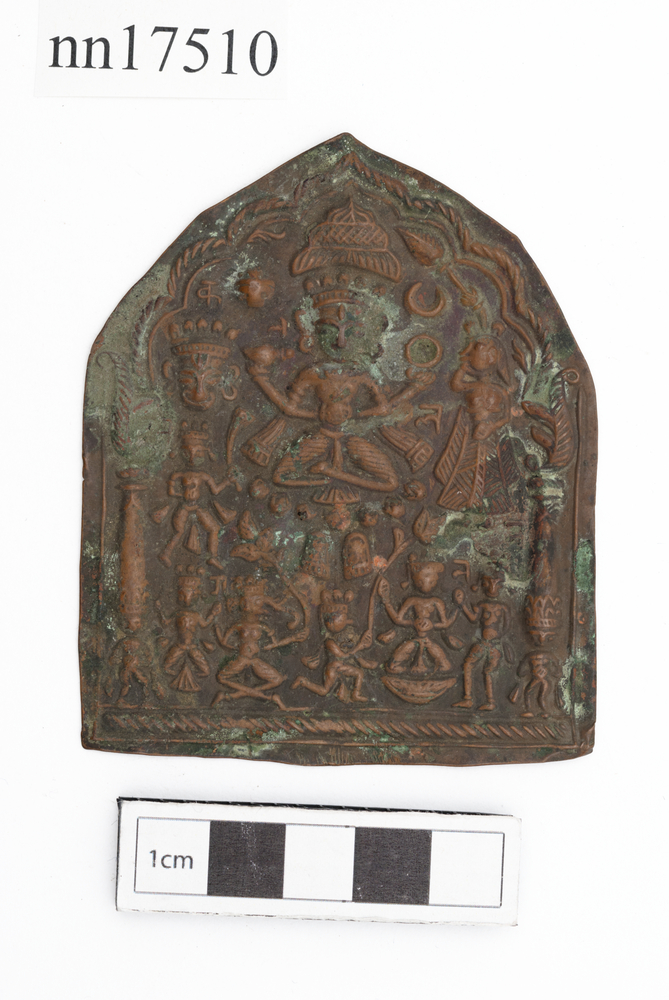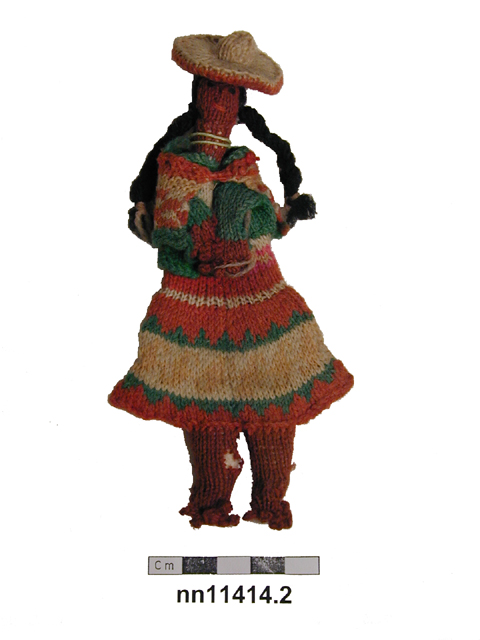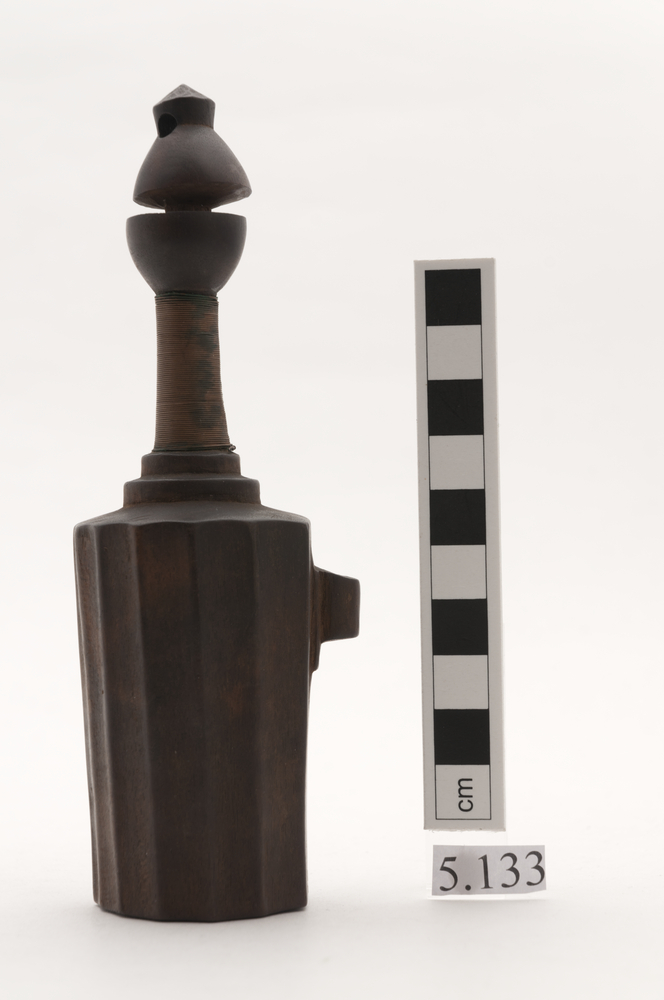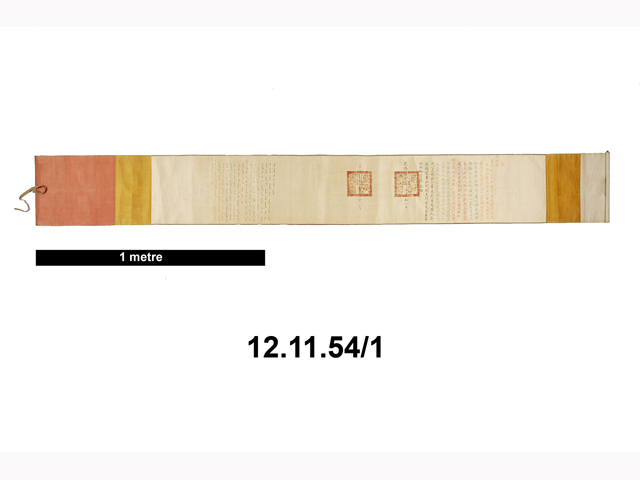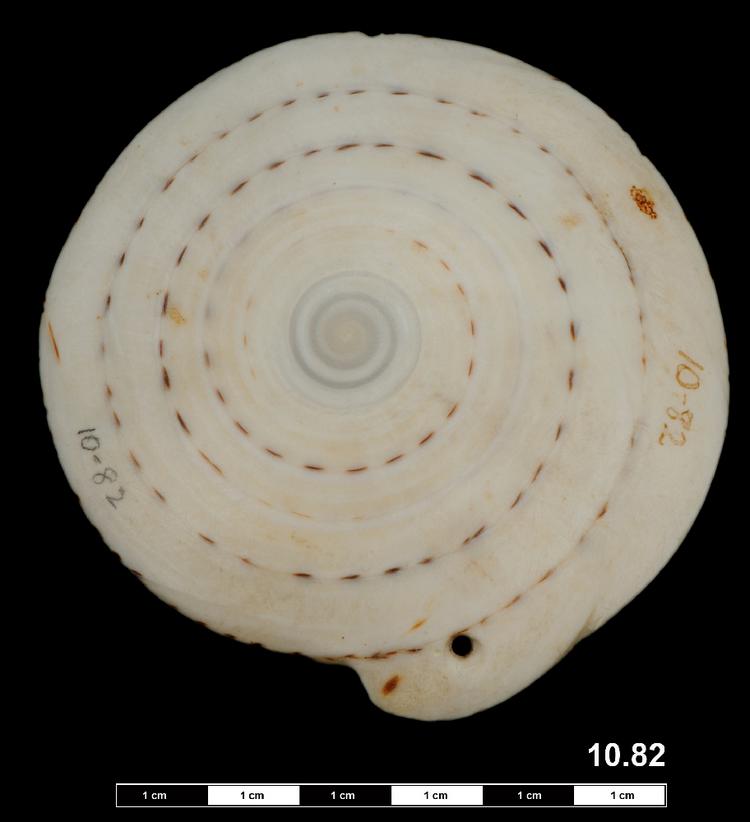
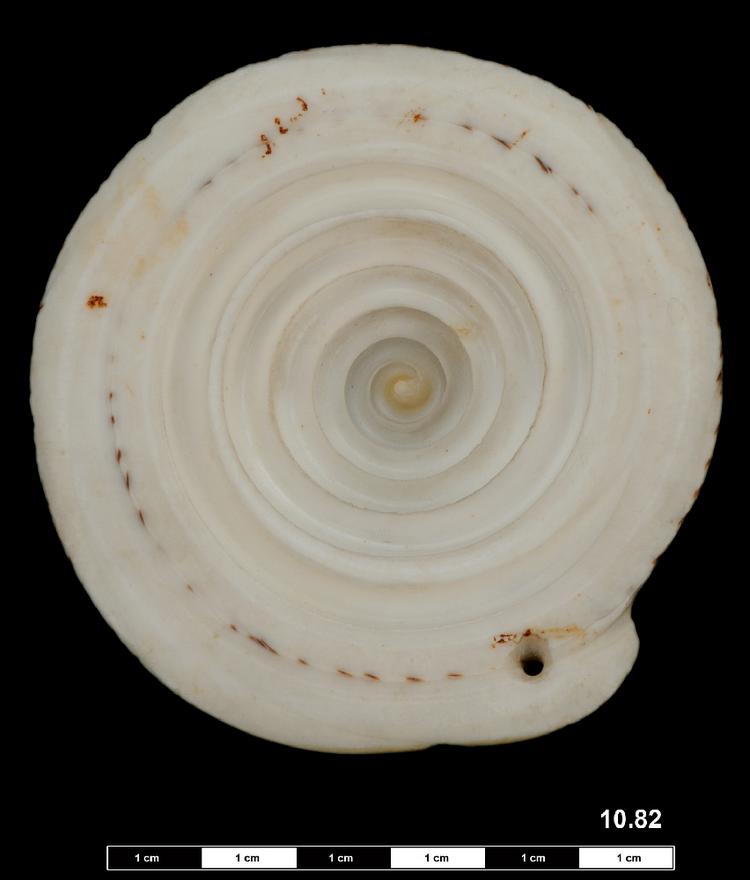
Conus shell pendant constructed from the basal end of the conical shell.
Conus shell pendant, Kiribati, Eastern Micronesia. In one sense, the shells of the various species of Conus gastropods are as easy to come by in Kiribati as they are throughout tropical Oceania: these shellfish do not disguise themselves very well, are easily found on the crest of the coral reef at low tide, and their empty shells wash up directly on beaches. Although they are a valued food elsewhere in the Pacific, Conus are not considered edible by i-Kiribati people. Instead, the Conus shell has been used for two millennia or more in Micronesia to manufacture a broad range of tools and personal ornaments. The shell can be processed in lots of different ways to create a number of different forms: sliced across to make bracelets or armlets, broken into plates to make blades for cutting tools, fish hooks, and so on. This variation is more unusual, and involved cutting the shell’s flat, circular end away from its conical spiral. Here the shell’s inner spiral structure has been pleasantly exploited to form the central decorative element of a very fine pendant. Shells were also used similarly in some parts of Papua New Guinea. Shell. Late 19th century. Formerly in the private collection of Mr R. Workman.



